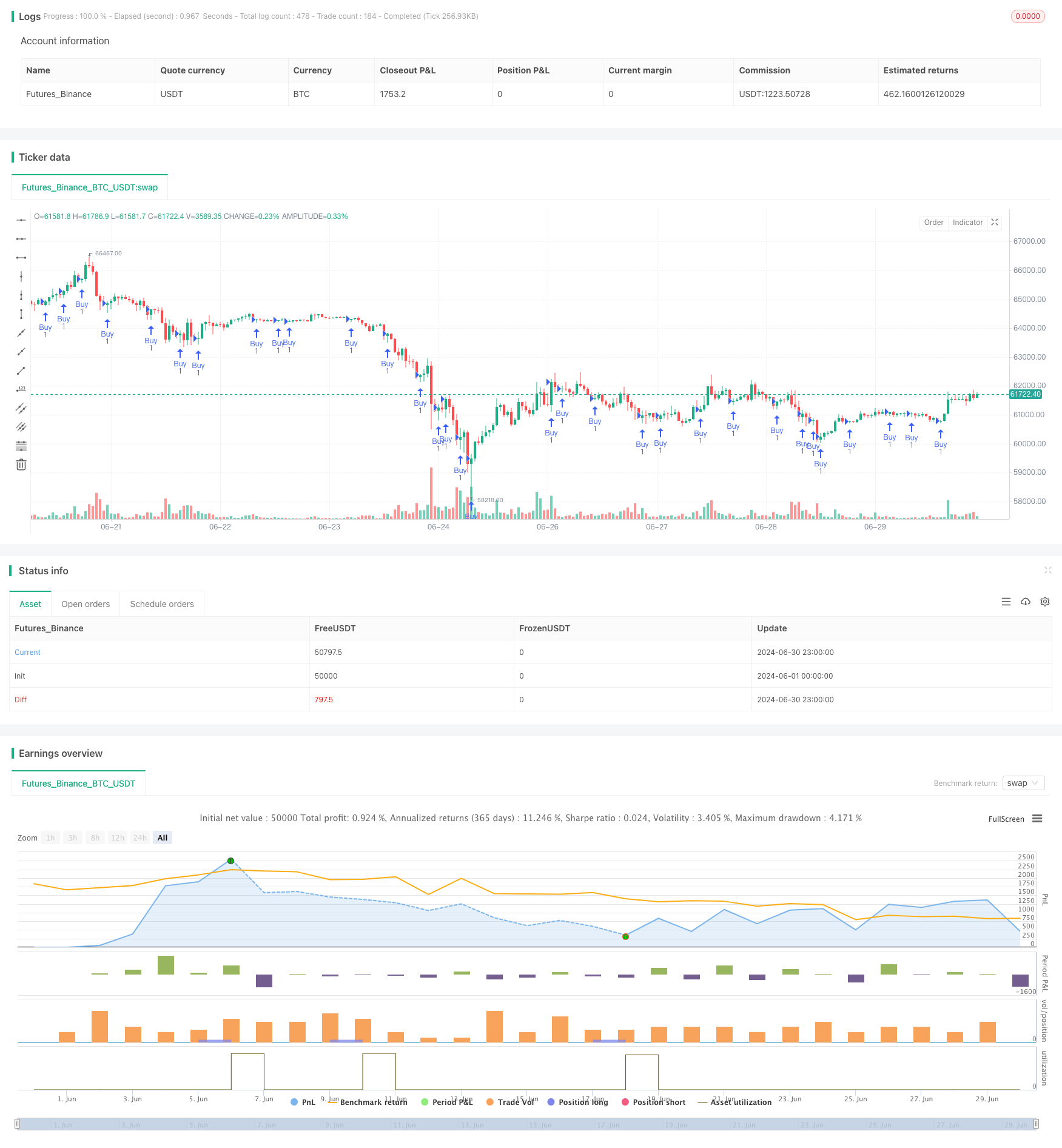
Overview
The Big Red Candle Breakout Buy Strategy is a price action-based trading strategy that aims to capitalize on rebound opportunities following significant market declines. This strategy identifies large downward price movements represented by big red candles and looks for buy signals in subsequent breakouts, aiming to capture shifts in market sentiment and potential reversal opportunities. The core idea is to find entry points for rebounds after market oversold conditions, managing risk and reward through predefined stop-loss and target levels.
Strategy Principles
Big Red Candle Identification: The strategy first looks for a large red candle, typically defined as a decline of at least 20 points. This indicates significant selling pressure in the market.
Breakout Signal Generation: After identifying a big red candle, the strategy monitors subsequent candles. A buy signal is generated when a second candle’s low breaks below the low of the first big red candle, and its closing price is higher than its opening price.
Position Management: The strategy employs a dynamic position management approach. The initial position is set to 1 unit, but it increases by 1 unit when the strategy’s profit reaches 150% of the initial capital.
Risk Management: Each trade is set with a 20-point stop-loss and a 50-point profit target. This helps control risk for each trade while securing potential profits.
Capital Management: The strategy’s initial capital is set at 24,000, providing sufficient buffer for trading while limiting the risk of excessive leverage.
Strategy Advantages
Price Action Driven: The strategy is based directly on price action, requiring no complex technical indicators, making it more intuitive and responsive.
Capturing Reversal Opportunities: By identifying potential rebounds after significant declines, the strategy can enter trades in the early stages of market sentiment shifts.
Clear Entry and Exit Rules: The strategy has well-defined entry signals and preset stop-loss and target levels, helping traders maintain discipline.
Dynamic Position Management: The method of increasing position size as profits grow allows the strategy to expand gains during successful periods.
Risk Control: Preset stop-loss and target levels ensure that the risk-reward ratio is controlled for each trade.
High Adaptability: Although backtested on a 5-minute timeframe, the strategy’s logic can be applied to different markets and timeframes.
Strategy Risks
False Breakout Risk: The market may experience false breakouts, triggering stop-losses. To mitigate this risk, consider adding confirmation indicators or delaying entries.
Overtrading: In highly volatile markets, the strategy may generate too many signals. This can be alleviated by adding signal filters or limiting daily trade counts.
Trend Reversal: If used in a strong downtrend, there’s a risk of continued decline. Incorporating trend indicators can help optimize entry timing.
Slippage Risk: In fast markets, actual execution prices may differ significantly from signal prices. Using limit orders and setting maximum allowed slippage can help control this risk.
Capital Management Risk: Increasing position size with profits may lead to over-concentration of risk. Setting maximum position limits can manage this risk.
Strategy Optimization Directions
Introduce Volatility Adjustment: Consider using ATR (Average True Range) to dynamically adjust stop-loss and target levels, allowing the strategy to better adapt to different market volatility conditions.
Add Trend Filters: Incorporating moving averages or ADX indicators to trade only in the overall trend direction may improve the strategy’s success rate.
Optimize Entry Confirmation: Consider using RSI or stochastic indicators to confirm oversold conditions, further improving entry accuracy.
Improve Position Management: Implement more sophisticated position sizing algorithms, such as adjusting position size based on account equity percentage or Kelly criterion.
Add Time Filters: Consider market active periods, allowing trades only during specific time ranges to avoid less volatile or irregular periods.
Incorporate Volume Analysis: Use volume as an additional confirmation indicator, only trading when supported by volume.
Multi-Timeframe Analysis: Combine trend information from higher timeframes to improve overall trade directionality.
Conclusion
The Big Red Candle Breakout Buy Strategy is a price action-based trading method designed to capture rebound opportunities after market oversold conditions. By identifying large decline candles and subsequent breakout patterns, the strategy offers a relatively simple yet potentially effective trading approach. Its strengths lie in intuitive price action analysis, clear rules, and built-in risk management mechanisms. However, the strategy also faces risks such as false breakouts and trend reversals.
By introducing additional technical indicators, optimizing position management, and adding market environment filters, the strategy has the potential to further improve its performance. Traders using this strategy should be mindful of changing market conditions and make appropriate adjustments based on their risk tolerance and trading objectives. Overall, this is a strategy framework worth further exploration and optimization, particularly suitable for traders who prefer price action analysis and seek clear trading rules.
/*backtest
start: 2024-06-01 00:00:00
end: 2024-06-30 23:59:59
period: 1h
basePeriod: 15m
exchanges: [{"eid":"Futures_Binance","currency":"BTC_USDT"}]
*/
//@version=5
strategy("Red Candle Breakout Buy Strategy", overlay=true, initial_capital=24000)
// Inputs
bigRedCandlePoints = input(20, title="Big Red Candle Points")
defaultQuantity = input(1, title="Default Quantity")
stopLossPoints = input(20, title="Stop Loss Points")
targetPoints = input(50, title="Target Points")
// Detect a big red candle
bigRedCandle = (high - low >= bigRedCandlePoints) and (close < open)
// Track the first big red candle
var float firstRedCandleLow = na
var bool firstRedCandleDetected = false
if bigRedCandle
firstRedCandleLow := low
firstRedCandleDetected := true
// Reset if a new big red candle is detected
if bigRedCandle and firstRedCandleDetected
firstRedCandleLow := low
// Generate buy signal on the second candle breaking the first red candle's low
buySignal = (firstRedCandleDetected and low < firstRedCandleLow and close > open)
// Variables to handle quantity adjustment
var float lastEquity = strategy.initial_capital
var float currentQuantity = defaultQuantity
// Check for equity increase and adjust quantity
if strategy.opentrades.profit(strategy.opentrades - 1) >= lastEquity * 1.50
currentQuantity := currentQuantity + 1
lastEquity := strategy.opentrades.profit(strategy.opentrades - 1)
// Execute the strategy
if buySignal
strategy.entry("Buy", strategy.long, qty=currentQuantity)
// Define stop loss and profit target levels
strategy.exit("Exit", from_entry="Buy", stop=close - stopLossPoints, limit=close + targetPoints)